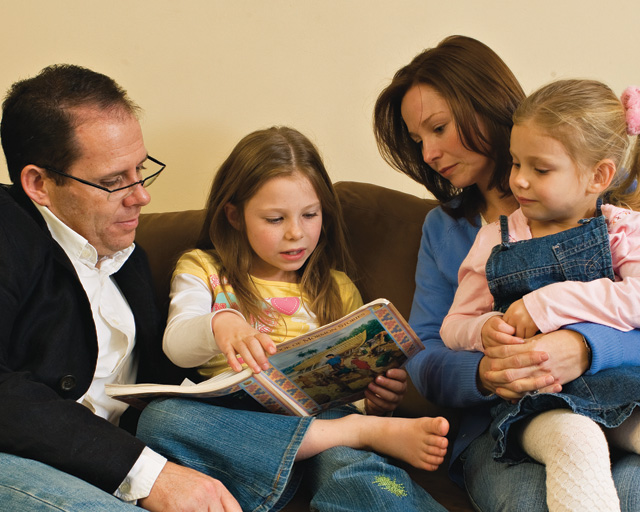“The need for safeguarding the world’s vital records, original manuscripts, histories, biographies, and other genealogical records has long plagued mankind. Where and how can records be protected from destruction by the elements, the ravages of time, and the destructions of man?
Through microfilming, copies of original documents are being made in every corner of the earth; and thereby, copies of millions of pages of records are presently being stored safely and securely.” – Theodore M. Burton, “Q&A: Questions and Answers,” New Era, May 1973, 48
 Unfortunately, most state vital records weren’t mandated until the early 20th century. So what should you do when a certain official vital record cannot be found? Search for the next best thing, a substitute. Below are some possible substitutes:
Unfortunately, most state vital records weren’t mandated until the early 20th century. So what should you do when a certain official vital record cannot be found? Search for the next best thing, a substitute. Below are some possible substitutes:
1. Federal or State Census Records – Certain Federal Census Records will contain some vital information depending on the year. All census records from 1850 to the present will at least list the age of every person in the household and place of birth giving you an approximate birth date and place. The 1900 census was even more specific, providing the month and birth year of every person in the household. Some other censuses asked how many years a couple had been married, helping you narrow down the year of their marriage. See what other information you might be able to glean from the United States Census 1850-1930
2. Newspaper Announcements – Births were sometimes announced in the local paper, although sometimes a birth announcement might give the date of birth and not the child’s name, only who they were born too. Marriages we’re sometimes announced and sometimes you might find 25, 50 or 75 year anniversary celebration announcements. Then of course there are obituaries which could provide not only a death date but also a date of birth and marriage.
3. Biographical Sketches – If your ancestor lived in a certain town or county for a long period of time they may have been honored with a biographical sketch in a town or county history book. Sketches could provide all sorts of interesting tidbits about your ancestor including date of birth, where they migrated from, who they married and when, their occupation, etc.
4. School Records – Sometimes Report Cards provided the date of birth for a student as was the case of my Great Uncle. The state of his birth did not record births until 6 years after he was born and so far his report card has proven my only record of his birth date.
5. Land or Property Records – At times a father would provide his daughter “dower property” upon her being married. The time frame in which this was recorded was likely very close to the time of her marriage.
6. Military Pension Papers and Service Records – Pension records usually list a spouse and may include a copy of the marriage license to prove relationship in order to receive the benefits of the pension. Service Records usually provided the age of the person at enlistment along with the date on which they enlisted.
Other records that could help you out are Probate Records, Cemetery Records, Church Records and Coroner or Funeral Home Records. With so many possibilities, hopefully you’ll find that vital information you’ve been searching for, very soon.


